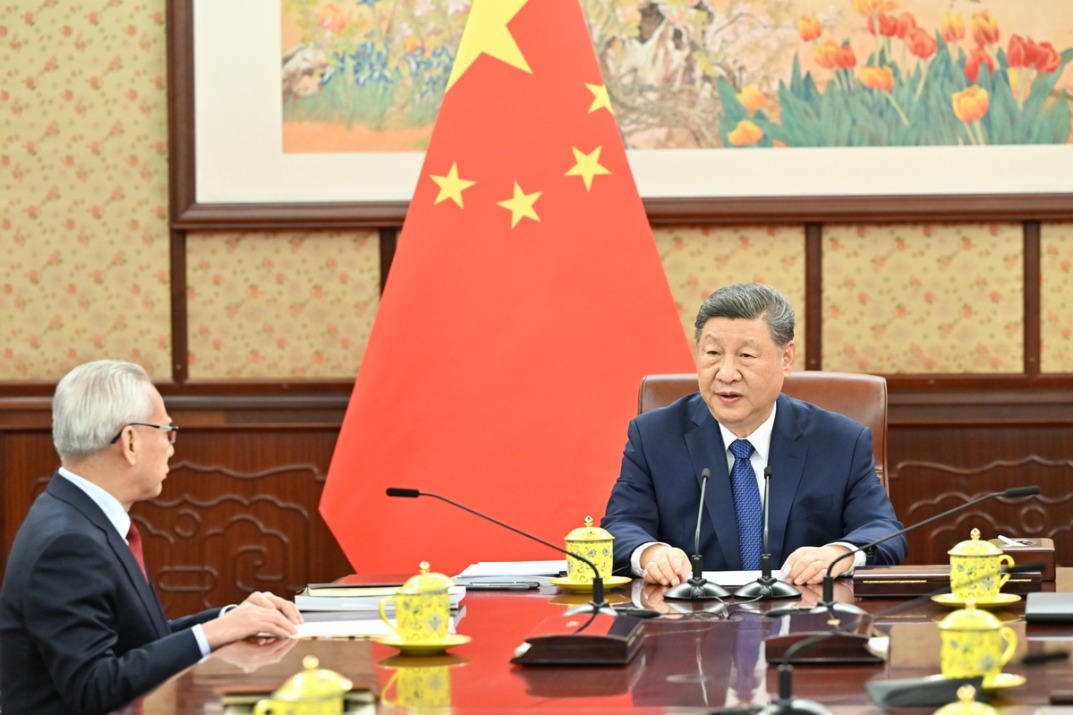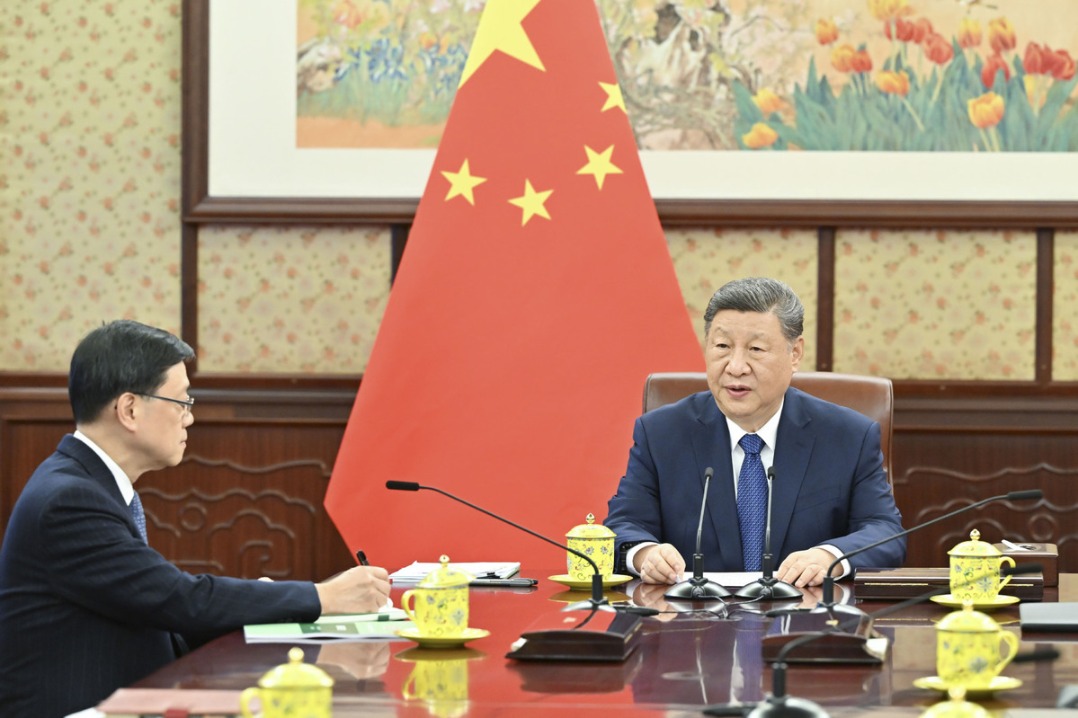US to go ahead with China aluminum sheet probe
By CHEN WEIHUA in Washington | chinadaily.com.cn | Updated: 2018-01-13 05:54
The US International Trade Commission (ITC) determined on Friday that imports of common alloy aluminum sheet from China that are allegedly subsidized and sold in the US at less than fair value and harm US producers.
As a result of the commission's affirmative determination, the US Commerce Department will continue with its antidumping (AD) and countervailing duty (CVD) investigations, with its preliminary countervailing duty determination due on or about Feb 1, and its antidumping duty determination due on or about Apr 17, the commission said on Friday.
On Nov 28, US Commerce Secretary Wilbur Ross announced self-initiation of the antidumping and countervailing investigation of the Chinese exports. US imported an estimated $603 million common alloy sheet from China in 2016.
A department fact sheet estimated the anti-dumping duties in the case to be about 56.54 percent to 59.72 percent.
It was the first time in a quarter century that the department self-initiated such an investigation. It last self-initiated a countervailing duty investigation in 1991 on softwood lumber from Canada. The last self-initiated antidumping duty investigation occurred in 1985 on semiconductors from Japan.
China responded strongly to the US announcement back in November. The Ministry of Commerce said China will take necessary measures to ensure Chinese aluminum companies' legal rights.
"The aluminum industries in the two countries are complementary to each other and trade in such products is two-way," said Wang Hejun, head of the ministry's trade remedy and investigation bureau."Disturbing routine trade activities in aluminum will harm the interests of both sides."
The US National Marine Manufacturers Association said the Friday decision was bad news for aluminum boat makers, a big part of a $3 billion recreational boating industry that claims to support 650,000 US jobs, according to a Reuters report.
"The ruling is expected to significantly drive up the costs of aluminum used to manufacture more than 111,000 boats such as pontoons and fishing boats, which make up 43 percent of new powerboat sales," NMMA President Thom Dammrich said in a statement.
Dan Ikenson, director of the Herbert A. Stiefel Center for Trade Policy at Cato Institute, told China Daily on Friday that the decision by the ITC to proceed was merely a formality.
He said the ITC almost always finds in the preliminary phase that there is a reasonable indication that a domestic industry is injured by reason of less-than-fair value of subsidized imports, and the Commerce Department, where the case now heads, almost always finds dumping or subsidization.
"So, if there is any real chance that duties on aluminum will be avoided, it would happen by virtue of a negative injury finding in the final phase of the ITC's investigation," Ikenson said.
He added that if AD and/or CVD duties are imposed on aluminum, but the Trump administration backs away from its Section 232 of the Trade Expansion Act of 1962 case, that would represent a better outcome than 232 duties.
The US launched the Section 232 case on aluminum imports and threats to national security last April.
In an earlier article, Ikenson said the Trump administration may be signaling that it intends to back away from its ill-considered and far more fraught Section 232 investigation.
"That would be a welcomed change of focus for those looking to reduce tensions in the US-China economic relationship and spare the global trading system a devastating blow," he wrote.
Ikenson said the US antidumping and countervailing duty laws are riddled with problems, both theoretical and practical. "Proceedings are tilted in favor of domestic producers and they tend to generate egregiously hefty penalties that inflict disproportionate collateral damage on innocent entities along the supply chain," he wrote.
As of the end of 2016, the US had 292 AD and 82 CVD orders in place on imports. China is the major target of these trade laws with 102 AD and 27 CVD orders. An estimated $44.3 billion, or 9.2 percent of Chinese imports were covered by US trade laws in 2016, according to Chad Bown, a senior fellow at the Peterson Institute for International Economics.
Jeffrey Schott, a senior at the Washington-based Peterson Institute, expressed concern on Thursday that the growing trade frictions between China and the US will hamper their cooperation on important issues.
"We have to find a way to reverse it, given our mutual interest in working together for economic growth and development," he said.
chenweihua@chinadailyusa.com
























